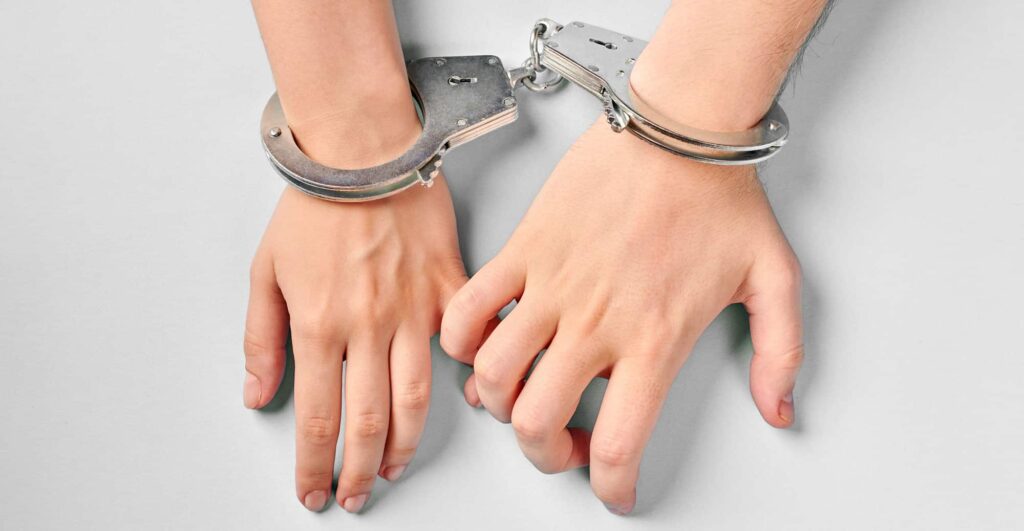Note: This article originally appeared in Fall 2005 of MeadowLark, the magazine for alumni of The Meadows.
The Electricity of Carried Shame
By Lawrence S. Freundlich
Children need and expect love and nurturing from their parents. This expectation is built into the genes of the human infant, who needs affirmation and protection as much as milk and warmth. Pia Mellody believes that when parents fail in their role as caregivers to their very young, such behavior is “shameful,” – essentially the betrayal of trust between infant and parent.
The reason most parents who act “shamefully” do so is not that they are overtly evil, but that they are “immature” and have become baffled and/or overwhelmed by the complex and emotionally taxing task of parenting a young child. This is not an unusual human phenomenon. Most of us have had to deal with the inheritance of immature parenting. Some of us have been immature parents ourselves.
The irritation that parents feel with their children may be expressed through anger and/or neglect. Such demeaning behavior gives the parent relief from the stresses of caring for the child. However, it makes the child feel frightened or worthless. The child thinks that something is wrong with him and becomes, in Pia Mellody’s phrasing, “allergic to his own humanity.” The mechanism by which this “allergy” is transferred from parent to child is what Pia identifies as “carried shame.”
It’s important to differentiate one’s own shame from Pia’s concept of “carried shame.” Pia views shame to be both a gift from God and a legacy of abuse. When it’s a gift from God, the experience of our own natural shame makes us aware that we are fallible. But shame as a legacy of abuse (“carried shame”) has to do with the devastating and crippling experience of induced shame, as it diminishes our sense of inherent worth, making us feel less valued than others. According to Pia, “When we experience our own shame, we believe that someone has seen us as we really are – human and imperfect. When we feel our own shame, we know we are not a god or a goddess. Our own shame makes it possible to be relational, a gift our body gives to us, as we have to consider the impact that our behavior has on other people.”
When Pia and Pat Mellody first began to discuss the concept of “carried shame,” Pat provided a useful metaphor from the physics of electricity. He likened the transfer of a parent’s shaming of a child to what happens when one coil of electric wire is placed next to another coil, and one coil is charged with an alternating current. The adjoining coil picks up the energy from the charged coil, even though the coils are not touching. Since human emotions are similar to energy fields, they can be transferred from the person who’s feeling the emotion to another person in close proximity. Of course, the emotional energy must be powerful enough for effective transfer (in physics, this is called “induction”).
It was Pia’s startling insight that the emotion of shame reaches the crucial “voltage” for “induction” when the person acting shamefully does not acknowledge that his/her behavior was shameful. The shame energy unabsorbed by an act of conscience or contrition has nowhere to go but out into the atmosphere to be picked up by the “adjoining receptor” that “adjoining receptor” is the child. The child then feels the parent’s shame as if it were his own. What he feels is not the result of something that is wrong with himself, but something that is wrong with his parents. If the child were a mature, rational adult, he would recognize that his feeling of shame could not be alleviated by trying to figure out how he himself is inadequate, worthless, or”bad.” The mature, rational adult would have to learn how, in Pia’s terms, “to release the carried shame.”
I believe that “carried shame” is one of the more difficult concepts in recovery. Many of us acknowledge that we are “shame-based,” and we try to modify our behaviors so that we can have a sense of value. While the effects of carried shame live within us, the origins of shame do not belong to us, and attempting to fix our shame identifies the wrong transmitter. The shame belongs to the original shamers. It’s only by releasing it that we can rid ourselves of carried shame.
Many of us feel uneasy at the prospect of laying the blame for disastrous careers on our parents. We’ve been taught to take personal responsibility for our failures. Didn’t our parents try as hard as they could to raise us? As culturally admirable as such reflections may seem, they are psychologically delusional. A child is in no position to take responsibility for his parents’ shamelessness.
It has been the experience of many patients at The Meadows that the release of carried shame contributes to a sense of balance and moderation. Yet, we have come to understand that some pathways back to the pain of our carried shame traumas can, from time to time, be triggered. It’s at these painful moments that we can shield ourselves from the effects of the voices of the past. We have learned to take time out, we have learned to breathe into the pain, and we have learned the skill and art of boundaries. We’ve learned that our pain is not evidence of our worthlessness. If we can do these things most of the time, we’re reminded that we’re okay, even if it has been a long journey back to believing it.



